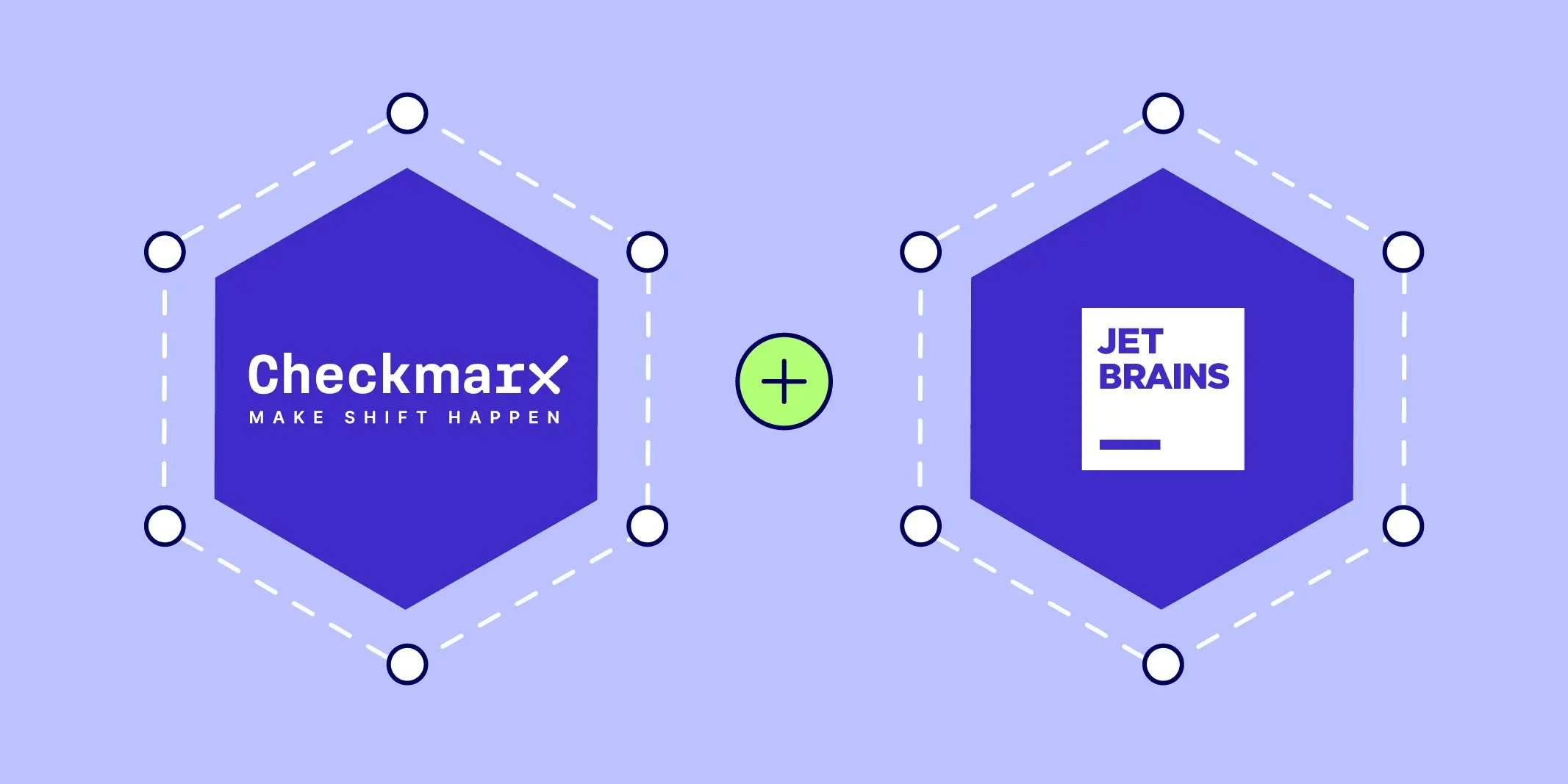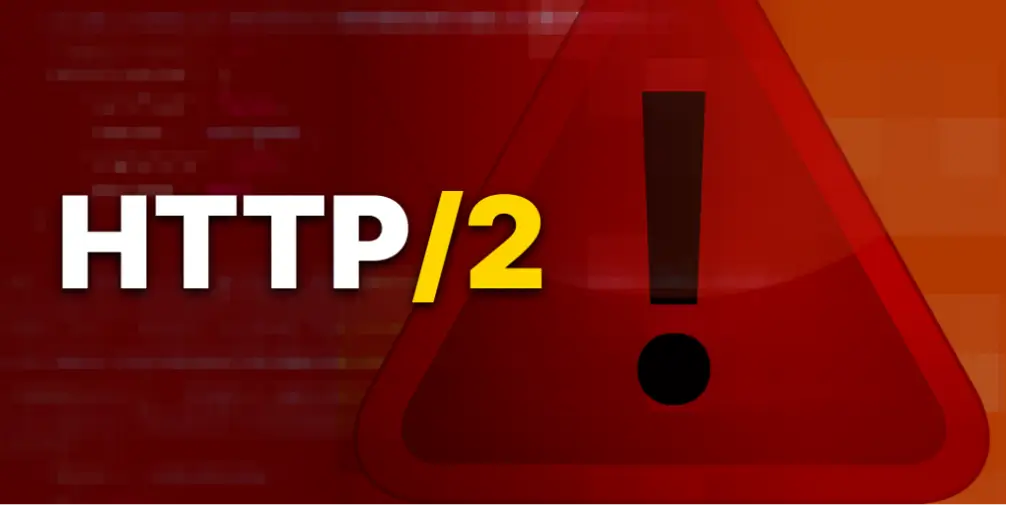Application Programming Interfaces (APIs) serve as crucial intermediaries that facilitate seamless integration among different software components. By allowing organizations to tap into both internal and external third-party services, APIs eliminate the need to build functionalities from the ground up. As a result, APIs not only act as ready-made building blocks for software, but also help expediate innovation and optimize efficiency.
However, without a clear and well-governed API strategy, application integration can spiral into API sprawl, or the ad-hoc deployment of APIs without proper governance or documentation.
API sprawl can become so great, and the API documentation so haphazard, that security teams have trouble keeping up. In some cases, developers aren’t telling security teams about new APIs or updates to existing APIs. As a result, security teams don’t know about them, and can’t configure other security controls to help protect them.
So, what is the best way to secure your APIs?
Why API security matters
The shift from monolithic programming has led to the creation of numerous small codebases, each with distinct APIs and dedicated teams. In a single mobile application, different APIs may handle payment processing, user authentication, and data storage - and each of these APIs often rely on additional internal or third-party APIs to assist their functions.
Since each API is designed and functions according to an individual team preference, it can lead to inconsistencies and hinder the overall security.
In fact, the Google Cloud’s 2022 State of the API Economy report revealed that businesses are struggling to manage the increasing number of APIs, ultimately putting them at higher risk of security vulnerabilities.
API sprawl can also lead to additional security issues that can be problematic for an organization, including zombie and shadow APIs. Undocumented and out versioned APIs remain unprotected by existing security solutions like DAST, WAFs, or API gateways, which can only defend against known threats.
These API inconsistencies create a gaping blind spot, leaving organizations vulnerable to unforeseen attacks.
API security risks
In the last twelve months alone, 92% of businesses reported having experienced an API security incident, ranging from unauthorized access to significant data breaches. In fact, major corporations including Peloton, LinkedIn, Experian, and John Deere have all experienced large-scale data breaches because of API security failures.
Due to the extensive integration of different APIs within the same network, oversights often occur despite the diligence of AppSec teams. Managing numerous APIs at once often results in disregarded documentation standards and low-priority designation for version control, negatively affecting security.
Traditional approaches that focus on runtime security mechanisms also fall short. While these can detect malicious activities in real time, solutions can often lack the foresight to spot data sensitivity issues or vulnerabilities in the API implementation process. This reactive model leaves organizations perpetually on the back foot.
A better way to address API security
So, what’s the best way to address API security?
Governance:
Good API governance is essential to reduce these risks. This goes beyond documenting APIs; it involves tracking, monitoring activity, and actively securing. One way to encourage better governance is to implement an API gateway. An API gateway acts as a central entry point for APIs that organizes and protects the flow of data between different software components. This allows organizations to review and control their entire API landscape and mitigate the risk of API sprawl.
Keeping tabs
Alongside governance, organizations looking to mitigate API sprawl must simultaneously keep tabs on security vulnerabilities. Tools such as API security scanners and threat protection systems can proactively catch vulnerabilities before they escalate into larger issues.
DevSec pipeline:
Independent work certainly enhances developer efficiency. However, it also poses a security challenge, since it makes it more complicated to adequately protect all aspects within the overarching application.
In this type of environment, developers should make sure to maintain a change log for each API. This provides a complete history, in the event that existing APIs need to be repurposed and can help identify recent changes to the API that can help avoid API sprawl.
Checkmarx’ approach to API security
Checkmarx aims to provide a more holistic approach to API security that encompasses these needs.
Traditional API security tools are designed to catch threats early in the software development process. However, these tools only analyze active API traffic and may overlook other serious risks resulting from API sprawl, such as zombie and shadow APIs.
In addition, many organizations lack a single point in their application infrastructure where they can see all API traffic at the same time. This creates a lack of consolidated and correlated information, ultimately leading to more security shortcomings and failures.
These vulnerabilities emphasize the need for a thorough security approach. A comprehensive security solution must identify and remediate these security risks seamlessly across the entire application footprint, involving all relevant stakeholders in one process. Visibility into application risk across the entire SDLC ensures that all developers are aligned and engaged in every aspect of the SDLC, fostering API risk management across projects.
Checkmarx’ API Security solution, part of Checkmarx One, provides a differentiated approach that becomes embedded into the modern API lifecycle to help organizations understand their API footprint and overall security risk. Checkmarx ensures complete API visibility, identifies and fixes problems earlier in the SDLC, prioritizes remediations and provides a holistic view into application risk. This innovative approach allows organizations to improve their overall security posture with one, seamless API security solution.
Conclusion
Successfully managing the challenges posed by APIs requires a consolidated approach that integrates governance, proactive security measures, and comprehensive visibility throughout the SDLC. It requires a solution that was built to work together.
Comprehensive security solutions, such as Checkmarx One, can help establish a strong defence against API security incidents.
Want to start securing your APIs? Learn more about Checkmarx One here.








